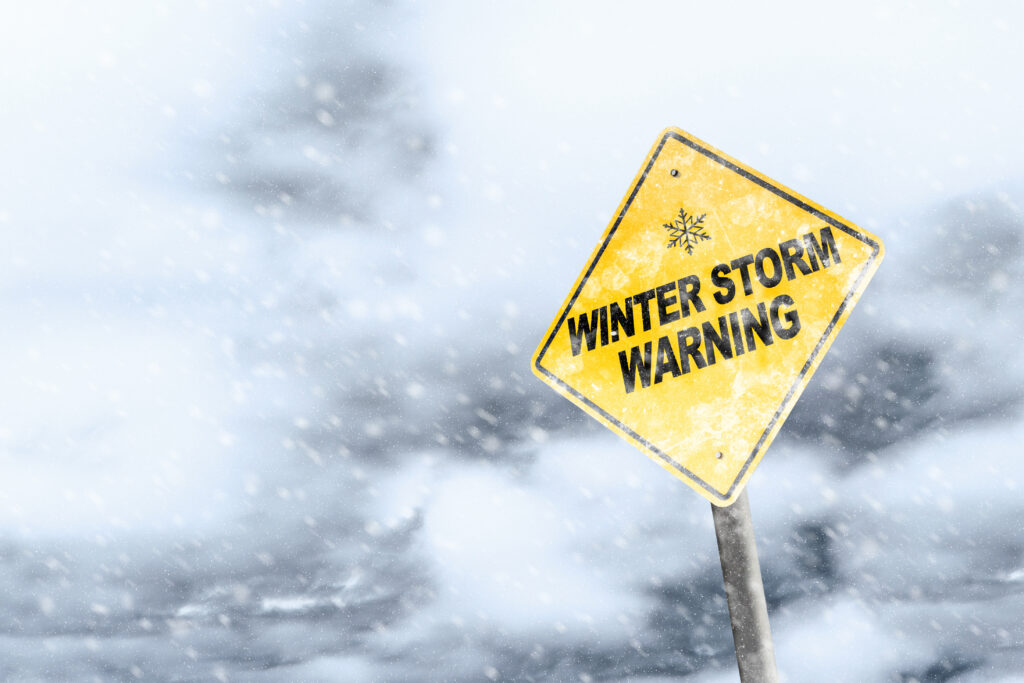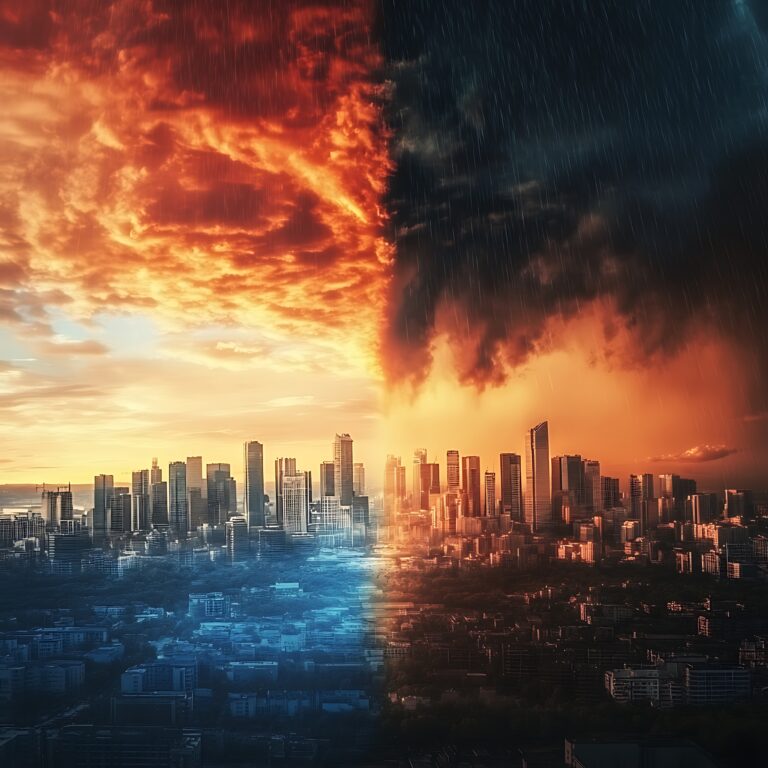Viral Forecasts Can Be Misleading or Outdated
As winter storms approach, social media platforms light up with maps, predictions, and dramatic warnings. But not everything you see on your feed is accurate—or even current. Forecasts that go viral are often shared without context, missing critical details like timeframes, model updates, or geographic precision.
It’s common for old or speculative data to resurface, leading people to believe a major storm is coming—even when it’s not. By the time an official forecast has changed, the outdated post may already have been shared thousands of times.
Raw Weather Model Maps Aren’t the Final Word
One of the most frequently shared items on social media during winter weather season is raw output from weather models. These colorful maps can show huge snowfall totals or dramatic storm paths days in advance. But they’re not forecasts—they’re just one piece of the puzzle that meteorologists use.
Without interpretation by experts, model maps can be wildly inaccurate or misunderstood. Sharing them without explanation creates unnecessary panic or false confidence. Professionals look at multiple models, trends over time, and real-time atmospheric conditions to create a forecast that balances possibilities with probability.
Timing and Location Matter—A Lot
Even when the information is based on a current model, it’s often shared too early or without regional context. A snowstorm may be predicted five days out, but small changes in temperature or storm track can significantly shift where the snow falls—or whether it happens at all.
A forecast meant for one state or city may show up in a feed hundreds of miles away, where it has little relevance. That can lead people to prepare for impacts they’ll never experience, or worse—ignore a real threat because it seems exaggerated.
Trust Verified Sources for the Latest Forecasts
When a winter storm is on the way, the best place to turn is your local National Weather Service office, trusted meteorologists, or local news outlets. These sources are trained to interpret model data, communicate uncertainty, and update information as conditions evolve.
Social media can still be useful—but only when it’s connected to reliable, verified information. Look for posts from meteorologists with credentials, government agencies, or news organizations with a track record of accurate reporting.
Be Especially Wary of Long-Range Hype
Posts predicting “historic snowstorms” or “record-breaking cold” more than a week in advance should be taken with a grain of salt. Long-range weather forecasting is inherently uncertain, and the more dramatic the headline, the more likely it’s based on a worst-case model scenario rather than a consensus forecast.
Clickbait-style weather posts are designed to go viral—not necessarily to keep you safe or informed.
Stay Informed, Not Alarmed
Winter weather can be serious, and preparation is key—but that preparation should be based on reliable, evolving information. Social media is a powerful tool for communication, but it’s not a substitute for professional forecasting.
So the next time a snow map floods your timeline or someone shares a “major blizzard alert” five days out, take a step back, double-check the source, and consult a trusted forecast. Knowing when—and when not—to trust what you see online can make all the difference when the snow starts to fall.


